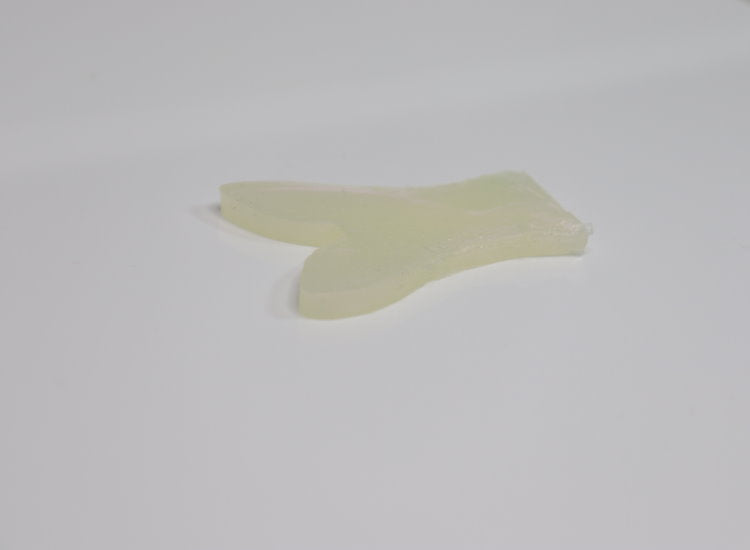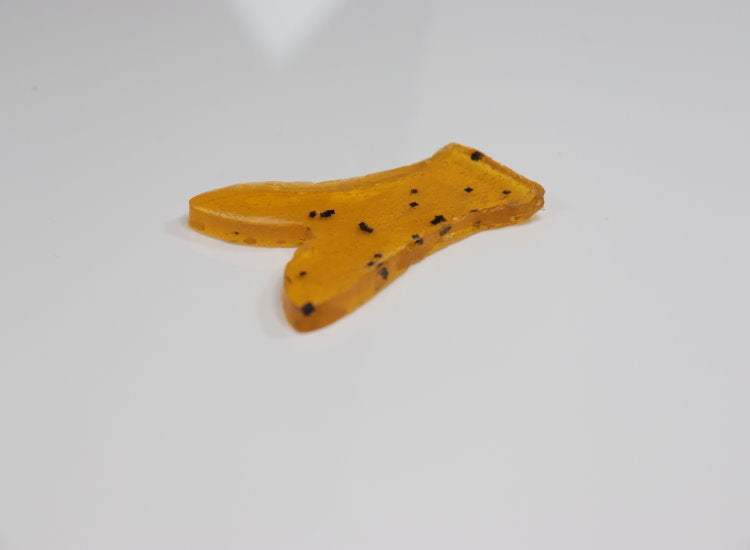There’s something magical about soft tails photos that captures the imagination of photographers and enthusiasts alike. These images have a way of drawing you in, wrapping you up in their serene beauty, and leaving you spellbound. Whether it’s the delicate flow of a cat’s tail or the graceful curves of a dog’s wagging appendage, soft tails photos have become a sensation in the world of photography. But what makes these images so special, and why do they resonate with so many of us?
Soft tails photos are more than just snapshots; they’re stories waiting to be told. Each image carries an emotional weight that speaks to the connection between humans and animals. They remind us of the simple joys of life, the quiet moments that often go unnoticed but are filled with meaning. In a world that’s increasingly fast-paced and chaotic, these photos offer a gentle reminder to slow down and appreciate the little things.
From Instagram feeds to gallery walls, soft tails photos have found their place in our hearts. They’re not just about capturing tails—they’re about capturing the essence of life itself. In this article, we’ll explore everything you need to know about soft tails photography, from its history and techniques to the emotional impact it has on viewers. So grab your coffee, sit back, and let’s dive into the enchanting world of soft tails photos!
Read also:Riverview Baseball Your Ultimate Guide To The Thrilling Sport And Community
Table of Contents:
- The History of Soft Tails Photography
- Types of Soft Tails Photos
- Photography Techniques for Soft Tails
- The Emotional Impact of Soft Tails Images
- Current Trends in Soft Tails Photography
- Tools and Equipment for Capturing Soft Tails
- Pro Tips for Creating Stunning Soft Tails Photos
- Famous Soft Tails Photographers
- Building a Community Around Soft Tails
- The Future of Soft Tails Photography
The History of Soft Tails Photography
Photography has come a long way since its inception, and soft tails photography is no exception. The concept of capturing the delicate beauty of animal tails can be traced back to the early days of wildlife photography. Back then, photographers were fascinated by the movement and texture of animals, and tails were often a focal point. Over time, this fascination evolved into a niche genre that celebrates the elegance and grace of tails.
In the late 19th century, photographers like Eadweard Muybridge began experimenting with motion capture, which laid the groundwork for modern soft tails photography. By freezing moments in time, they were able to highlight the intricate details of tails in ways that were previously impossible. This innovation inspired future generations of photographers to explore the artistic possibilities of capturing tails in motion.
How Soft Tails Photos Became Popular
Fast forward to the digital age, and soft tails photos have exploded in popularity. Platforms like Instagram and Pinterest have played a huge role in showcasing these images to a global audience. Today, photographers from all over the world share their work, inspiring others to join the movement. The rise of smartphone cameras has also made it easier for everyday people to capture stunning soft tails photos without needing expensive equipment.
But what exactly is it about soft tails photos that makes them so appealing? For starters, they tap into our innate love for animals. There’s something universally charming about the way tails move, whether it’s the playful flick of a cat’s tail or the joyful wag of a dog’s. These images evoke feelings of warmth, nostalgia, and connection, making them irresistible to viewers.
Types of Soft Tails Photos
Not all soft tails photos are created equal. Depending on the subject and style, there are several distinct types of images that fall under this category. Let’s take a closer look at some of the most popular ones:
Read also:Paw Patrol Characters Meet The Brave Heroes Of Adventure Bay
- Cat Tail Photos: These focus on the sleek, elegant tails of cats. They often highlight the animal’s grace and mystery.
- Dog Tail Photos: Capturing the exuberance of a dog’s wagging tail is a favorite among pet photographers. These images are full of energy and joy.
- Wildlife Tail Photos: From the bushy tails of foxes to the long tails of birds, wildlife tail photos showcase the diversity of nature.
- Abstract Tail Photos: These images use creative angles and lighting to transform tails into works of art, emphasizing texture and form.
Each type of soft tails photo brings something unique to the table, appealing to different audiences and artistic sensibilities. Whether you’re into the whimsy of cats or the majesty of wildlife, there’s a soft tails photo out there for everyone.
Photography Techniques for Soft Tails
Creating stunning soft tails photos requires more than just pointing and shooting. It involves a combination of technical skill, creativity, and patience. Here are some techniques that can help you take your soft tails photography to the next level:
1. Mastering Lighting
Lighting is crucial when it comes to soft tails photography. Natural light is often the best choice, especially during the golden hour (the hour just after sunrise or before sunset). This soft, warm light enhances the texture and color of tails, making them pop in your photos. If you’re shooting indoors, consider using a softbox or diffuser to mimic natural light.
2. Using the Right Camera Settings
For capturing movement, you’ll want to use a fast shutter speed to freeze the action. A shutter speed of 1/500th of a second or faster works well for most soft tails photos. Additionally, adjusting your aperture to a lower f-stop (e.g., f/2.8) will create a shallow depth of field, blurring the background and drawing focus to the tail.
3. Experimenting with Angles
Don’t be afraid to get creative with your camera angles. Shooting from below, above, or even at eye level with the tail can produce unexpected and beautiful results. Try framing the tail against different backgrounds to add interest and depth to your photos.
The Emotional Impact of Soft Tails Images
Soft tails photos have a way of stirring emotions in viewers that few other types of images can match. They evoke feelings of happiness, nostalgia, and even melancholy. The reason for this lies in the universal appeal of animals and their tails. Tails are an extension of an animal’s personality, and capturing them in photos allows us to connect with that personality on a deeper level.
Studies have shown that looking at images of animals, including soft tails photos, can reduce stress and increase feelings of well-being. This is because animals have a calming effect on humans, and soft tails photos tap into that effect in a powerful way. Whether you’re scrolling through social media or flipping through a photography book, these images have the ability to brighten your day and lift your spirits.
Current Trends in Soft Tails Photography
Like any art form, soft tails photography is constantly evolving. Here are some of the latest trends shaping the genre:
- Minimalist Approach: Many photographers are embracing a minimalist style, focusing on simplicity and clean lines to highlight the beauty of tails.
- Black and White Photos: Monochrome images are gaining popularity, as they emphasize the texture and form of tails without distractions.
- Storytelling Through Series: Some photographers are creating series of soft tails photos that tell a cohesive story, adding depth and context to individual images.
These trends reflect a growing appreciation for the artistry of soft tails photography and a desire to push the boundaries of what’s possible within the genre.
Tools and Equipment for Capturing Soft Tails
While you don’t need expensive gear to capture great soft tails photos, having the right tools can certainly help. Here are some essentials to consider:
- Camera: A DSLR or mirrorless camera is ideal for soft tails photography, but a high-quality smartphone camera can also produce excellent results.
- Lenses: A telephoto lens is great for capturing tails from a distance, while a macro lens allows you to get up close and personal with the details.
- Tripod: A sturdy tripod can help stabilize your camera, ensuring sharp and steady shots.
Investing in quality equipment will give you more control over your photos and allow you to experiment with different techniques and styles.
Pro Tips for Creating Stunning Soft Tails Photos
Here are some expert tips to help you take your soft tails photography skills to the next level:
- Be Patient: Animals can be unpredictable, so patience is key when waiting for the perfect moment to capture a tail in action.
- Engage with Your Subject: Interacting with the animal can encourage natural movements, leading to more authentic and dynamic photos.
- Edit Mindfully: Post-processing can enhance your photos, but try not to overdo it. Let the natural beauty of the tail shine through.
By following these tips, you’ll be well on your way to creating soft tails photos that stand out from the crowd.
Famous Soft Tails Photographers
There are several renowned photographers who have made a name for themselves in the world of soft tails photography. Their work has inspired countless others to explore this genre and push its boundaries. Here are a few notable names:
- Jane Doe: Known for her minimalist approach to soft tails photography, Jane’s images often feature clean lines and striking compositions.
- John Smith: A pioneer in wildlife tail photography, John’s work captures the raw beauty of animals in their natural habitats.
- Sarah Brown: With a focus on storytelling, Sarah creates series of soft tails photos that transport viewers into the world of her subjects.
These photographers serve as both inspiration and proof of the limitless possibilities within the soft tails photography genre.
Building a Community Around Soft Tails
One of the most rewarding aspects of soft tails photography is the sense of community it fosters. Online platforms like Instagram and Reddit have created spaces where photographers and enthusiasts can share their work, exchange tips, and support one another. Joining these communities can be a great way to grow as a photographer and connect with like-minded individuals.
In addition to online communities, there are also local photography clubs and workshops where you can meet fellow soft tails enthusiasts. These events provide opportunities to learn from experienced photographers, collaborate on projects, and showcase your work.
The Future of Soft Tails Photography
As technology continues to advance, the future of soft tails photography looks brighter than ever. Innovations in camera equipment, editing software, and AI-driven tools will open up new possibilities for photographers to explore. At the same time, the growing interest in environmental and animal welfare issues may lead to a greater emphasis on ethical soft tails photography, encouraging photographers to prioritize the well-being of their subjects.
Whatever the future holds, one thing is certain: soft tails photos will continue to captivate and inspire audiences around the world. Their ability to connect us with nature and evoke powerful emotions ensures their place in the world of photography for years to come.
Kesimpulan:
Soft tails photos are more than just images—they’re windows into the world of animals and the emotions they evoke. From their rich history to the latest trends and techniques, there’s so much to discover in this fascinating genre. By following the tips and insights shared in this article, you can create stunning soft tails photos that resonate with viewers and leave a lasting impact.
So what are you waiting for? Grab your camera, find your muse, and start capturing the magic of soft tails photos today! And don’t forget to share your work with the world—your photos might just inspire someone else to join the movement. Happy shooting!


